Michael Stokes: Photographer’s lens captures beauty of wounded heroes
One L.A.-based photographer has literally stripped bare the stigma of injured veterans who return home from the battlefront.
2 min read
Bob Mizer Foundation : Apr 13, 2016 4:52:00 PM
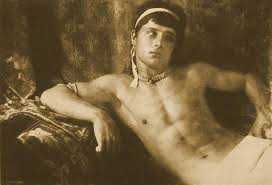
Although Bob Mizer is recognized as a pioneer in the area of male physique photography, interest in the field predated Mizer himself by several decades.
 ‘Physical culture,’ as it was referred to by the Victorians, emerged out of the relatively new medium of photography in the late 19th century. The realism that photography offered sparked interest in the human form.
‘Physical culture,’ as it was referred to by the Victorians, emerged out of the relatively new medium of photography in the late 19th century. The realism that photography offered sparked interest in the human form.
Of course, just like Mizer and the other male physique photographers of the mid-20th century, Victorian artists sold nudes to both men and women; and, like Mizer, these photographers pedaled their wares under the guise of promoting good health and physical fitness. The models in these images struck the same classical poses one could find in Greek statuary and Renaissance paintings – visions of heroism and drama.
 “The first 19th century photographer to examine the male nude from a scientific instead of an artistic standpoint was Eadweard Muybridge, whose stop-action photographs showed men running, walking, jumping,” says Den Bell, founder and president of the Bob Mizer Foundation. “The men in his images seem completely comfortable and at ease with their nudity. And there was no hint that Muybridge himself was gay, but it is interesting to note that most of his models were younger, very handsome, and muscular.”
“The first 19th century photographer to examine the male nude from a scientific instead of an artistic standpoint was Eadweard Muybridge, whose stop-action photographs showed men running, walking, jumping,” says Den Bell, founder and president of the Bob Mizer Foundation. “The men in his images seem completely comfortable and at ease with their nudity. And there was no hint that Muybridge himself was gay, but it is interesting to note that most of his models were younger, very handsome, and muscular.”
On the other side of the pond, photographers like Germany’s Baron von Gloeden and Guglielmo Pluschow hired local youths to recreate the photographed look of classical Greek male beauty, selling their images discreetly markets to mostly male tourists. It was generally understood that the markets themselves, while not explicitly for gay men, were designed for such a demographic.
 “The work of von Gloeden and Pluschow is considered the very first artistic male nudes in photography,” Bell notes. “Among elaborate settings and landscapes, these young men usually only wore wreaths, in an attempt to recreate the look of ancient Greece.”
“The work of von Gloeden and Pluschow is considered the very first artistic male nudes in photography,” Bell notes. “Among elaborate settings and landscapes, these young men usually only wore wreaths, in an attempt to recreate the look of ancient Greece.”
Male nudity – especially steeped in eroticism – was unfathomable in America’s Guilded Age, a time of rapid economic growth immediately following the Industrial Revolution. It was a time when affluent Americans – namely, men – enjoyed the excesses of their burgeoning wealth. Power and societal status were the most sought-after commodities, and male nudity stood in direct opposition to those aims.
“Men ruled the roost from behind their long beards and being liked for their bodies instead of the power they wielded was beyond their imagining. In the capitalist world money was equated with power and power had to be displayed. A naked man could display nothing about his status,” according to David Liddick in his book, ‘The Male Nude.’
Homoeroticism aside, von Gloeden himself saw his images of as pure art and appreciation of the male form. As the 19th century ended, von Gloeden wrote of his work, “The Greek forms appealed to me, as did the bronze-hued descendants of the ancient Hellenes, and I attempted to resurrect the old, classic life in pictures. ... The models usually remained merry and cheerful, lightly clad and at ease in the open air, striding forward to the accompaniment of flutes and animated chatter. More than a few greatly enjoyed the work and anxiously awaited the moment when I would show them the finished picture.”
 The work of both photographers continued well into the early 1900s, and throughout the first decade of the new century, many artists attempted to imitate Pluschow and von Gloeden’s works, with little success. Their work was obviously inferior, with models’ poses looking forced, and their blemishes on full display. Among the frauds and the imitators – Pluschow’s own assistant, Vincenzo Galdi, who tried to attribute some of his own works to Pluschow himself. Other photographers were not so easily tricked, as Galdi’s own images not only featured women, but they were often much more blatantly pornographic in nature.
The work of both photographers continued well into the early 1900s, and throughout the first decade of the new century, many artists attempted to imitate Pluschow and von Gloeden’s works, with little success. Their work was obviously inferior, with models’ poses looking forced, and their blemishes on full display. Among the frauds and the imitators – Pluschow’s own assistant, Vincenzo Galdi, who tried to attribute some of his own works to Pluschow himself. Other photographers were not so easily tricked, as Galdi’s own images not only featured women, but they were often much more blatantly pornographic in nature.
The highly conservative and easily offended sensibilities of the Victorian era fell like a fig leaf from a physique model when World War I began in 1914.
“The war brought an end to much of the Victorian hypocrisy and prudery,” Liddick wrote. “War always brings a relaxed moral code and this livelier, more overtly sexy world welcomed new advances in art photography, including many nudes.”
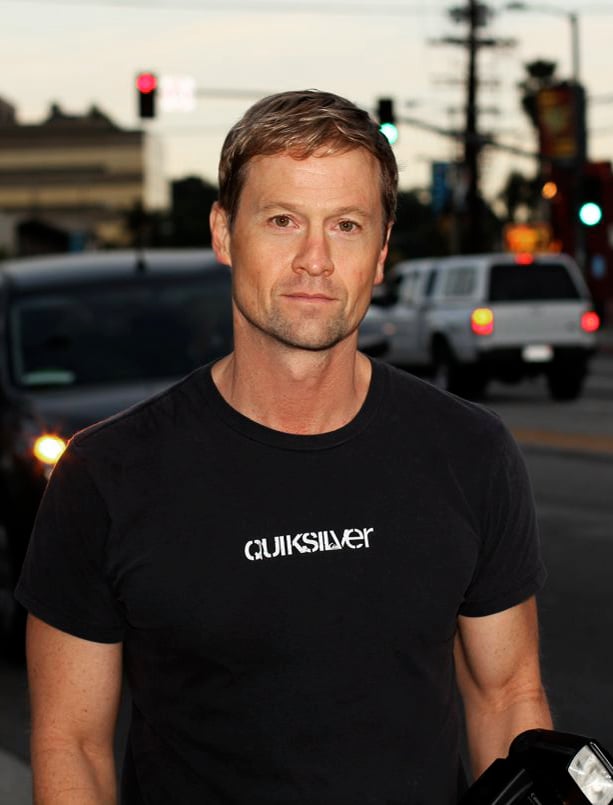
One L.A.-based photographer has literally stripped bare the stigma of injured veterans who return home from the battlefront.
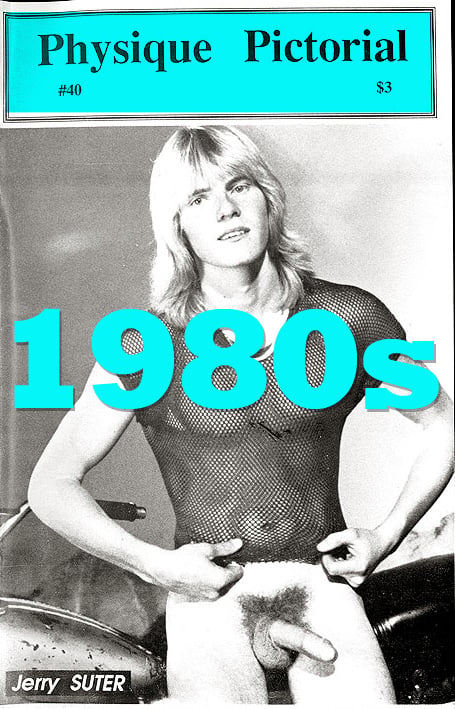
Where it was once a reflection of a lively industry, filled with work from a slew of international contributors, Physique Pictorial had become a...
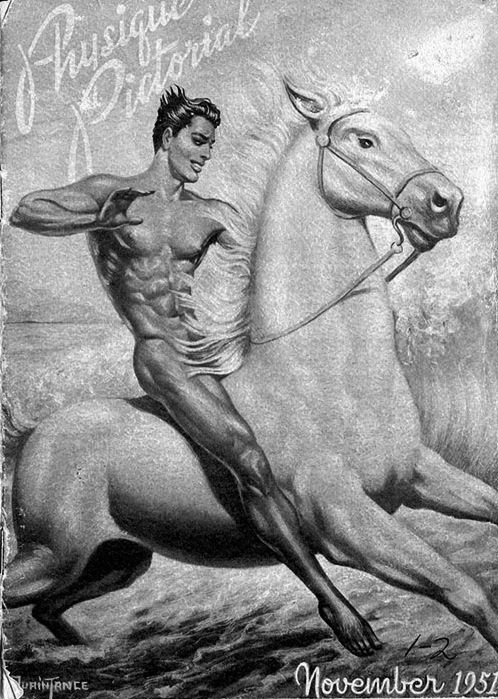
The first issue of Physique Pictorial was a scant 16 pages long (cover to cover), but stimulating nonetheless (at least at the time). Featuring a...
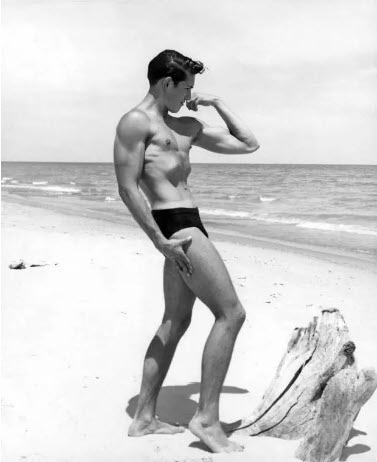
It was a situation all too familiar to his contemporaries in years past. And now, it was happening to him.